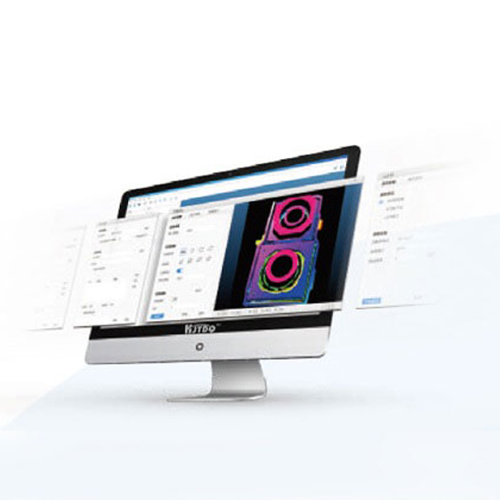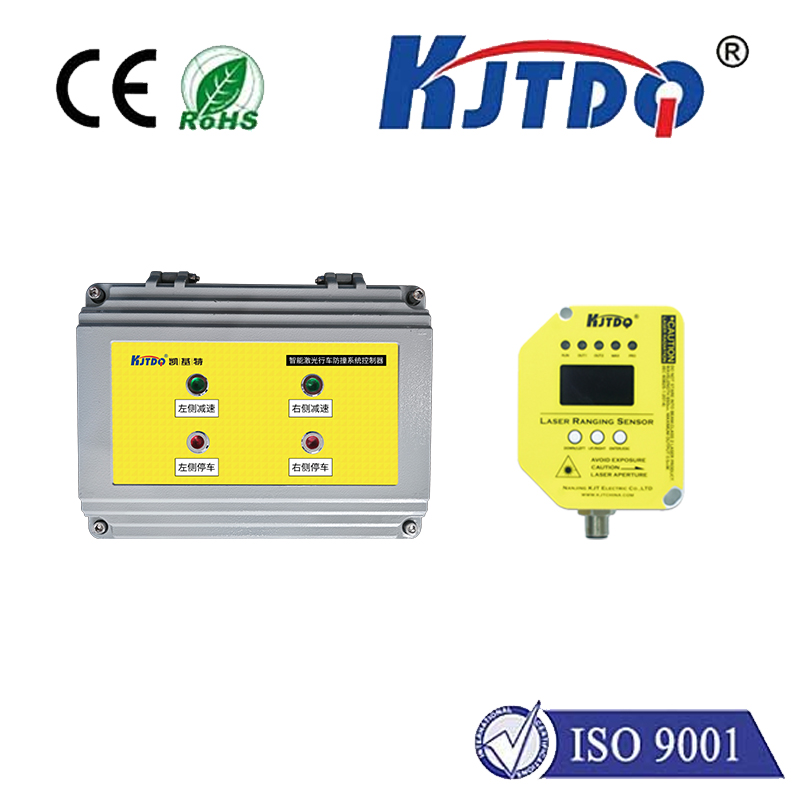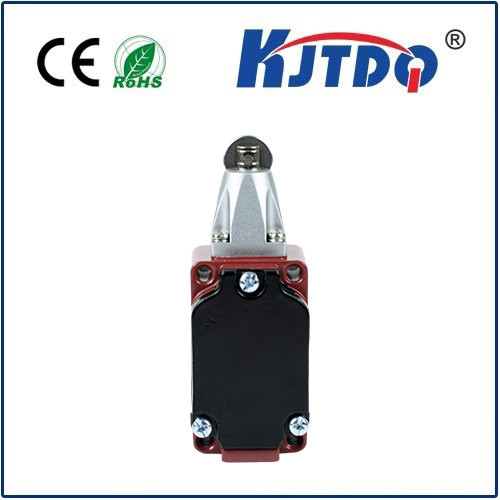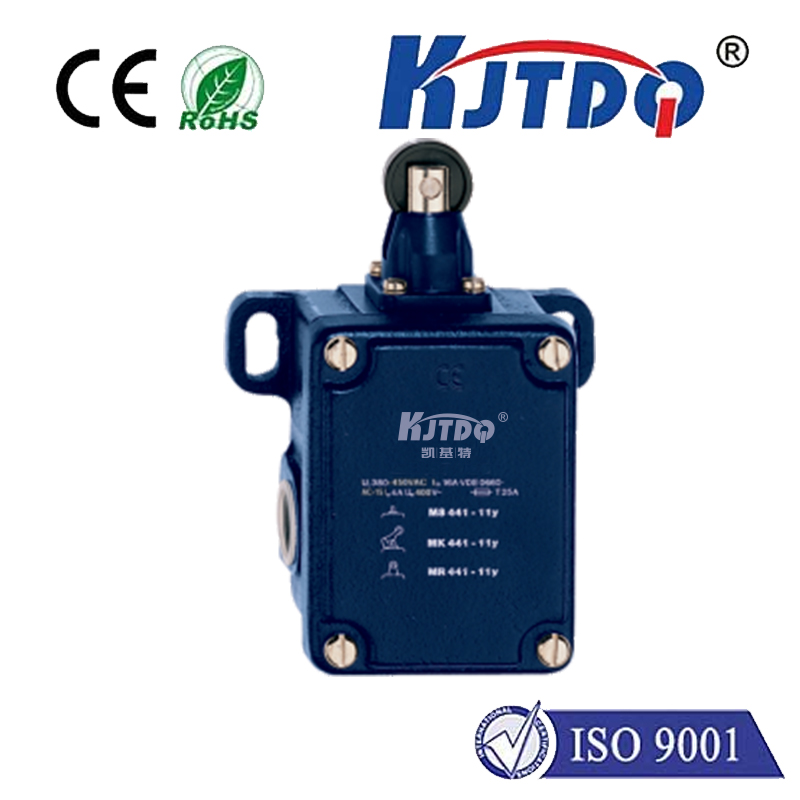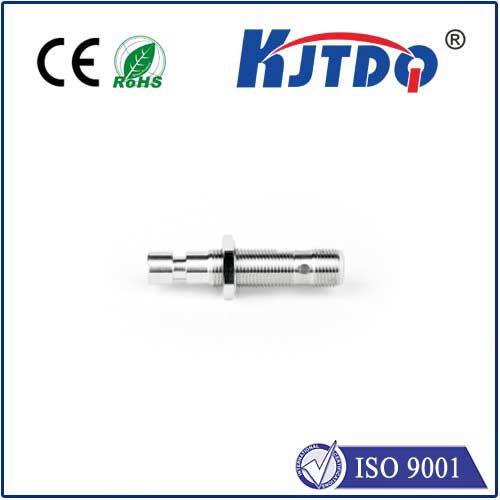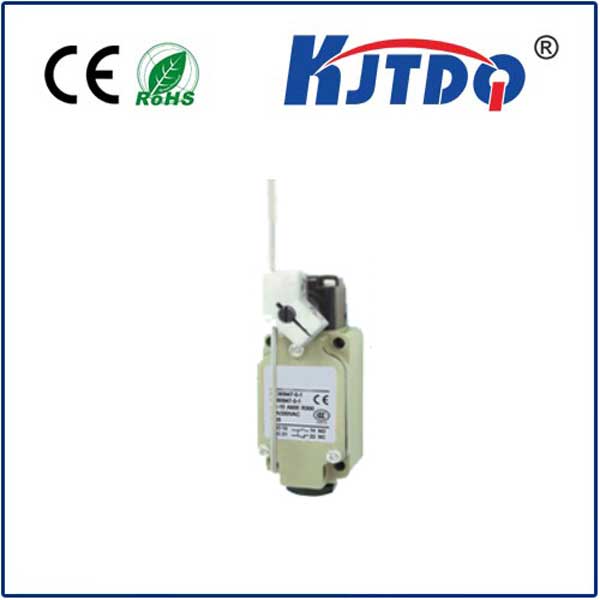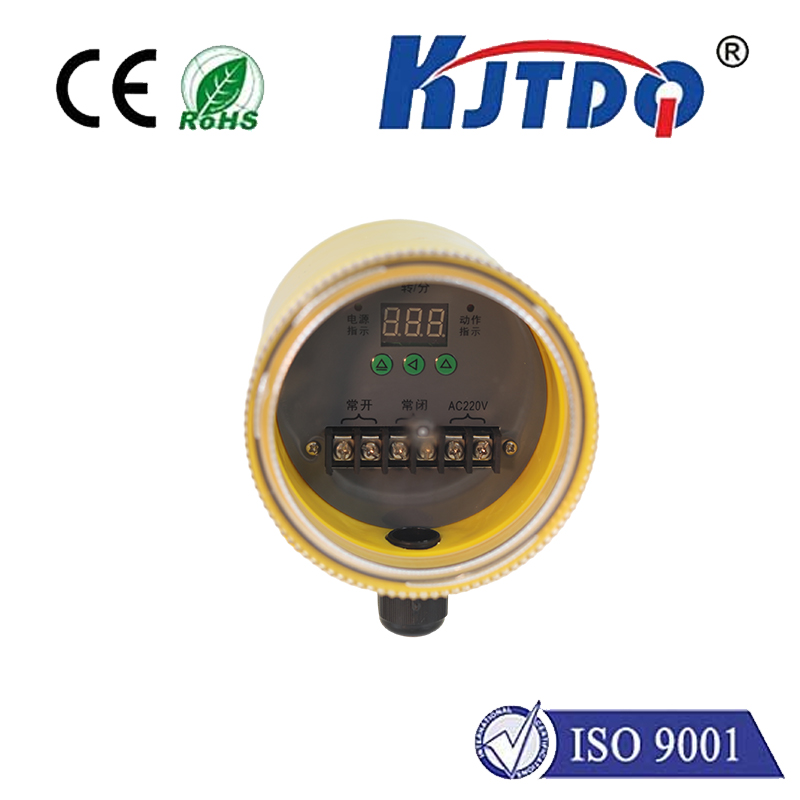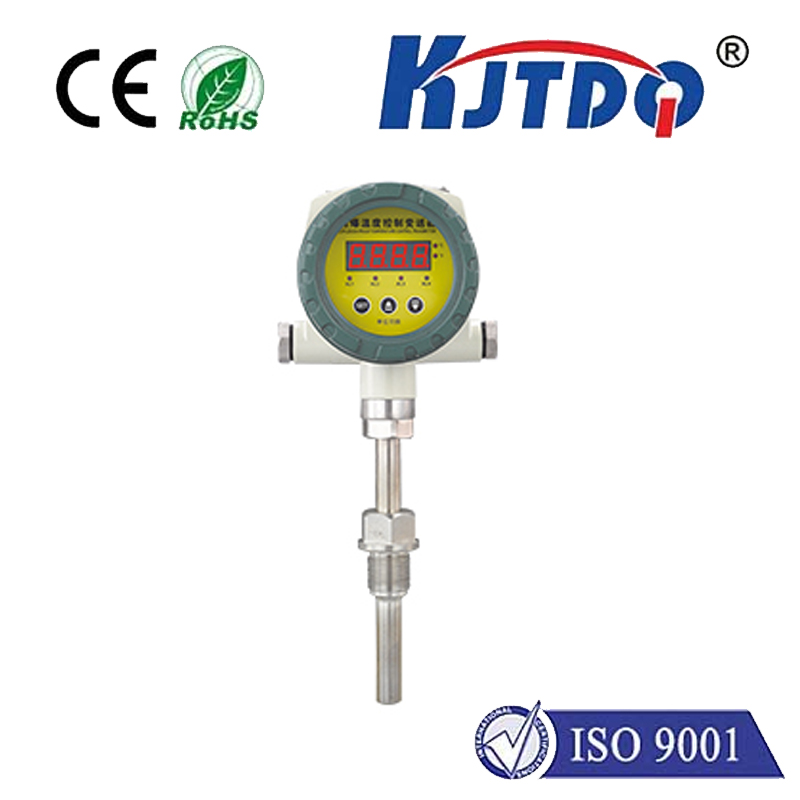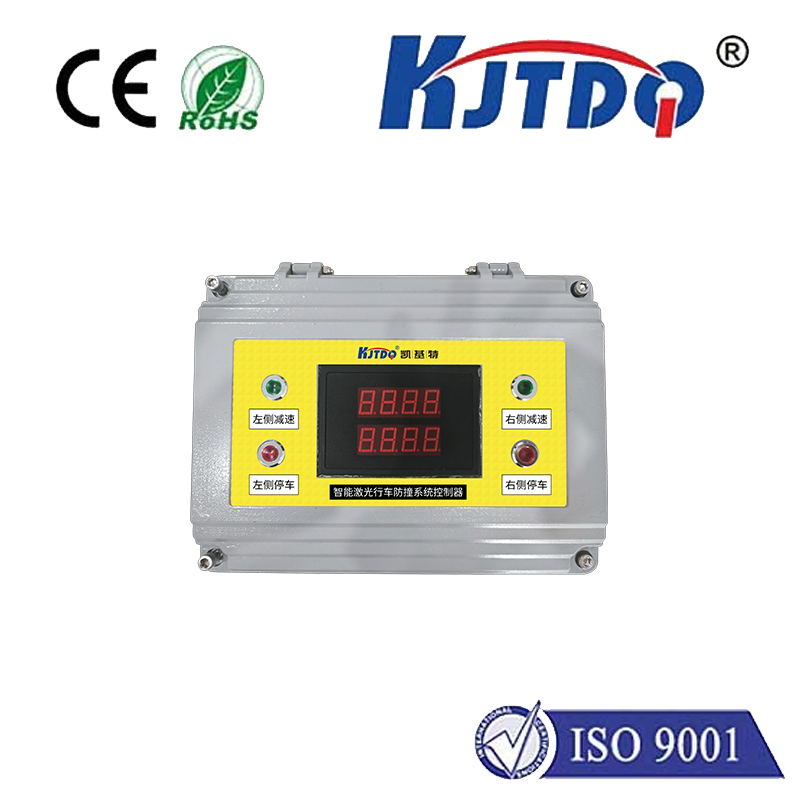

check

check

check

check
In the demanding world of industrial automation, hydraulic systems, and heavy machinery, pressure isn’t just a force; it’s a constant, demanding presence. Ensuring component integrity, preventing leaks, and safeguarding personnel often hinge on the ability to detect the presence, position, or absence of objects reliably, even when surrounded by extreme pressures. This is where specialized sensing technology rises to the challenge. Enter the BES01TR high pressure proximity sensor – a robust solution engineered to thrive where standard sensors falter. This article delves into the capabilities and critical role of this specific sensor variant.
Understanding proximity sensors is fundamental. They detect the presence or absence of an object within a defined sensing range without requiring physical contact. This non-contact nature translates to extended lifespan, reduced wear and tear, and high operational reliability. Inductive proximity sensors, a common type, generate an electromagnetic field. When a metal target enters this field, it induces eddy currents, causing a change in the sensor’s oscillation amplitude, which triggers the output signal (switched on or off).
So, what elevates the BES01TR beyond a standard inductive sensor? Its defining characteristic lies in its high pressure resistance. Standard proximity sensors often feature housings designed for typical ambient pressures. However, environments like:
…demand sensors specifically built to withstand these immense external forces without deformation, seal failure, or compromised performance. This is the core mission of the high pressure proximity sensor category, with the BES01TR being a prime example.

The BES01TR high pressure proximity sensor typically incorporates several key design features to achieve this resilience:
True Inductive Performance Under Pressure: Crucially, a sensor like the BES01TR isn’t just surviving high pressure; it’s performing reliably. This means maintaining its specified sensing distance accurately and providing a stable, repeatable switching signal regardless of the surrounding pressure environment. This reliability is non-negotiable for critical control and safety functions.
Key Applications Where the BES01TR Shines:
Why Choose a BES01TR (or Equivalent High-Pressure Sensor)?
The benefits are clear and compelling:
In essence, opting for a standard proximity sensor in a high-pressure application is a gamble – one that risks equipment damage, safety incidents, and costly unplanned stops. The BES01TR high pressure proximity sensor represents a purpose-built solution. Its core strength lies in its robust mechanical design and advanced sealing, engineered explicitly to withstand the crushing forces present in hydraulic systems, pressure vessels, and other demanding industrial applications, while delivering the reliable, non-contact detection that proximity sensors are valued for.
When specifying sensors for environments where pressures climb beyond standard levels, recognizing the critical need for specialized components like the high pressure proximity sensor is paramount. Models like the BES01TR provide the necessary peace of mind, ensuring detection performance remains rock-solid, safeguarding operations, personnel, and productivity in the most challenging conditions modern industry presents. Selecting the right tool, like a pressure-rated sensor, is not an expense but a vital investment in resilience and operational certainty.

